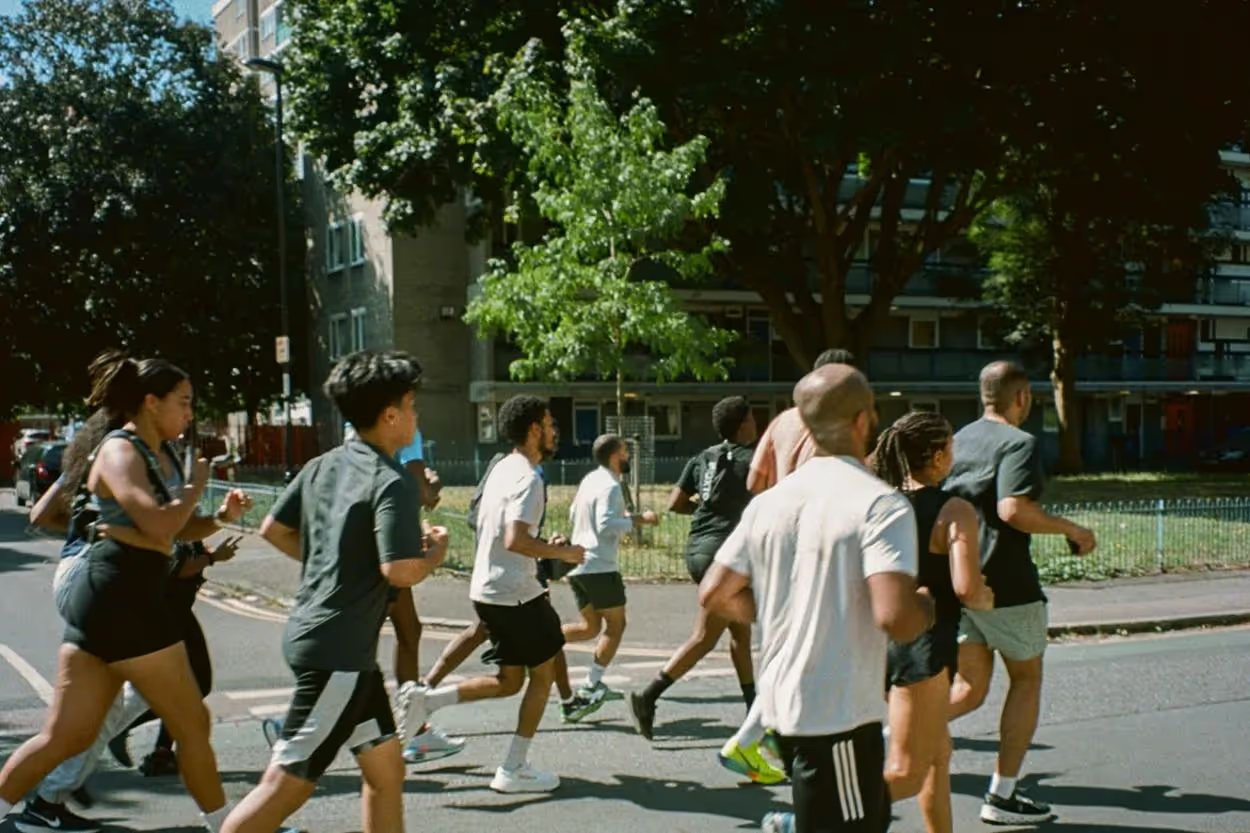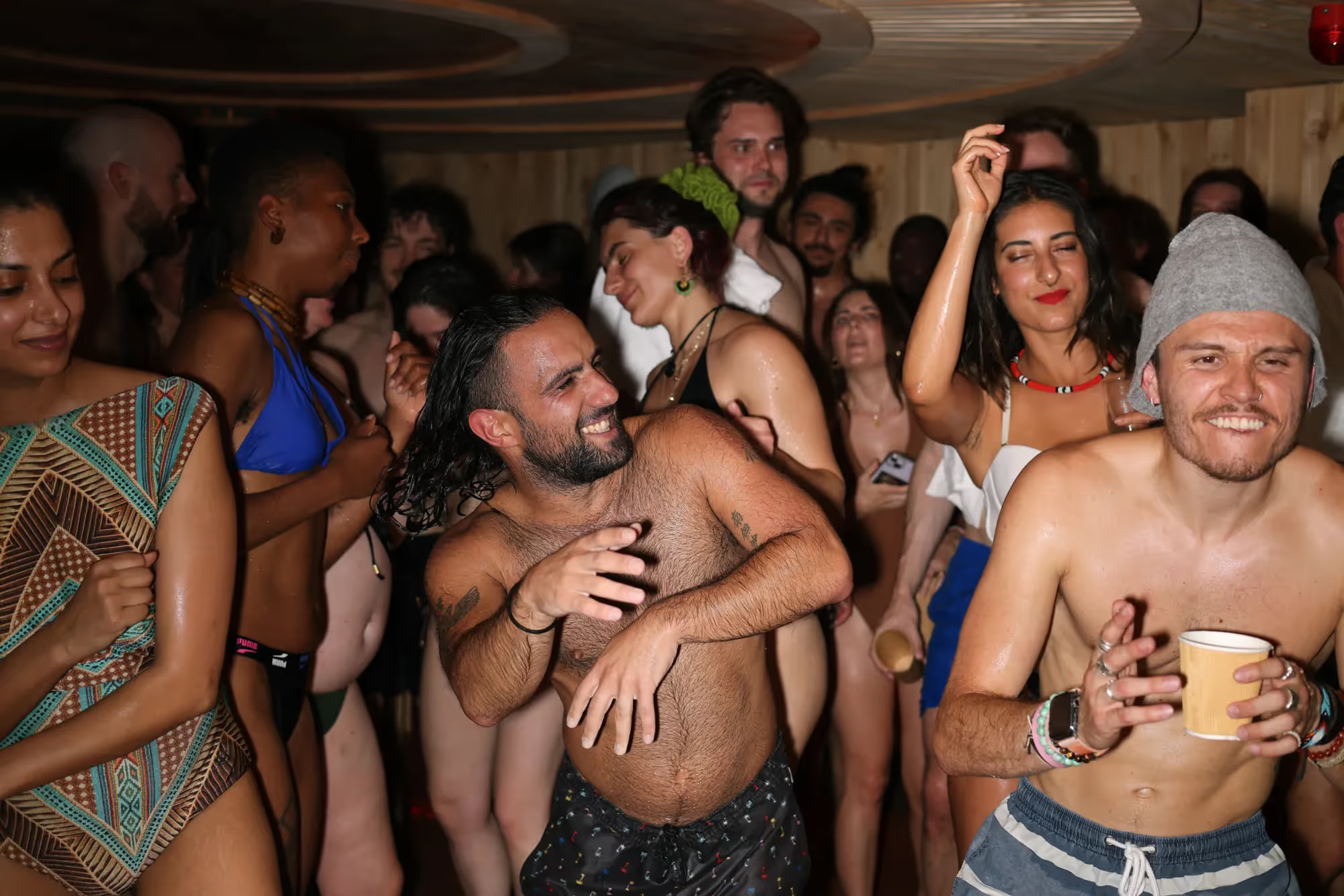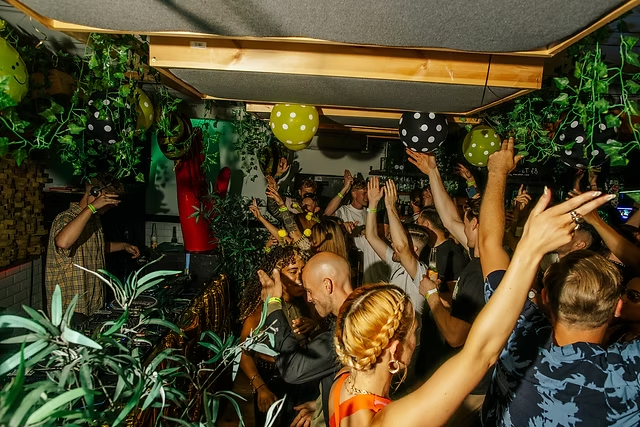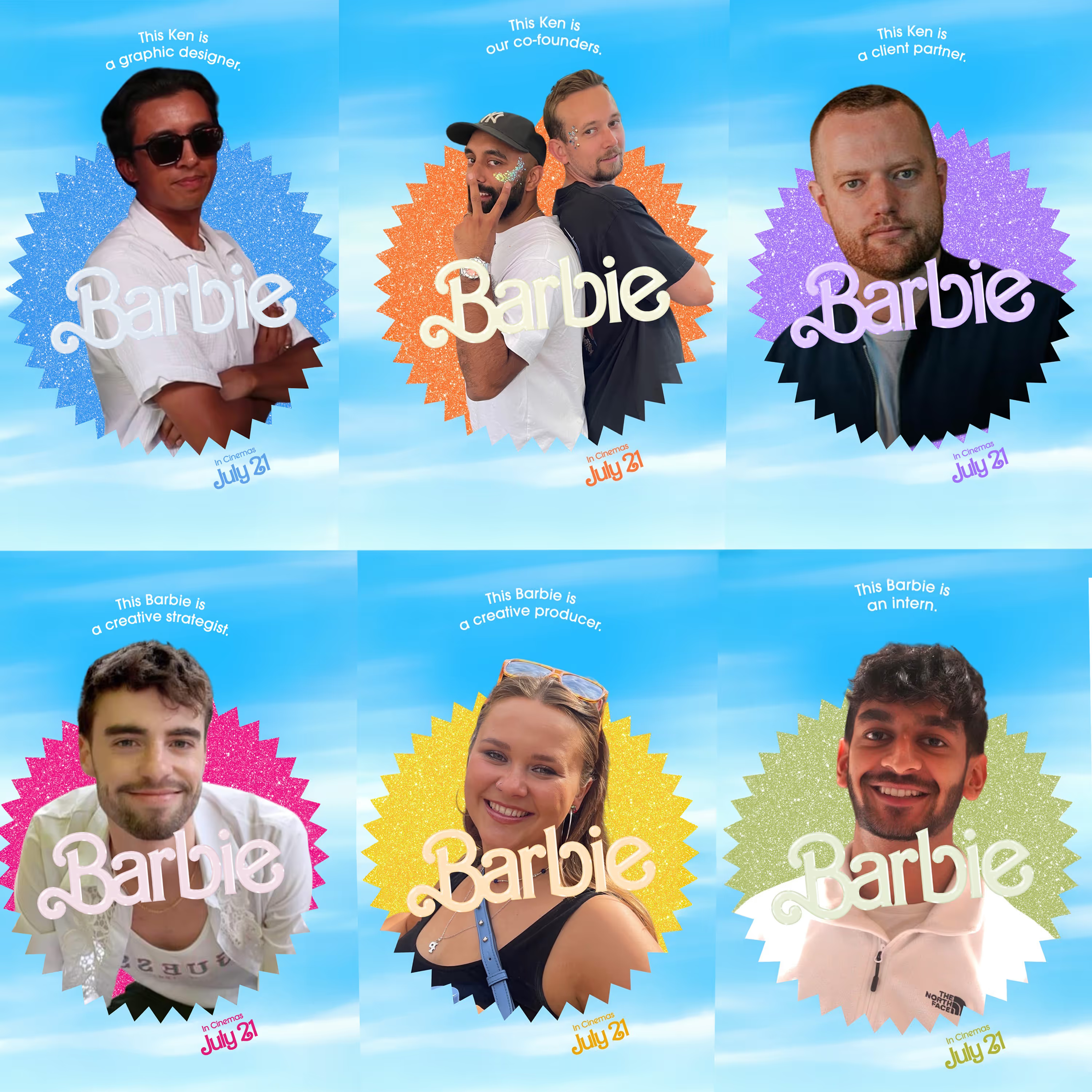.avif)
From Fabric to Fitness First: Is Exercise Replacing Nightlife?
From Fabric to Fitness First: How Exercise Has Replaced Nightlife
In London right now, there are more 24-hour gyms than 24-hour nightclubs.
Let that sink in.
The number of late-night licences for pubs, bars and clubs has collapsed, down from 183 in 2021 to just 58 in 2024. Meanwhile, all-night gyms have quietly surged past 300. That’s not just a stat it’s a cultural tipping point.
Young people aren’t going out less. They’re just going elsewhere.
They’re trading warehouse raves for weight racks. Pre-drinks for pre-workout. The euphoric rush once found on the dancefloor is now hitting in the red-lit spin studio, with remixed club edits and a PT screaming motivation like it’s peak-time Berghain. Fitness has become the new nightlife, loud music, shared intensity, fleeting highs, collective sweat. Same endorphins, different uniform.
This isn’t music vs. wellness. It’s not even fun vs. discipline. It’s a reprogramming of how people connect. For decades, the club was where identities were formed, boundaries were tested, friendships were forged under strobes and subwoofers. Now, those rituals are happening at 7am, outside Barry’s Bootcamp.

It’s easy to scoff at run clubs and sunrise swims, but they serve the same core purpose: connection, community, release. They’ve even become the new dating circuit. Swipe culture is fatiguing — it turns out sprint intervals and shared lactic acid are a better icebreaker.
And then there are the sauna raves — yes, they exist. A niche East London hybrid where wellness and hedonism melt into one. Think LED lights, DJ sets, eucalyptus steam, and a desperate need to feel something before midday. It’s a cultural remix — trying to capture the transcendence of nightlife without the hangover. It's earnest, sweaty, slightly ridiculous — and deeply revealing.

You could argue this shift is progress. Maybe it is balance, a generation choosing sleep over comedowns, longevity over burnouts. But let’s not pretend this is a clean trade. Nightclubs weren’t just venues. They were cultural infrastructure. Breeding grounds for sound, style, subculture. Places where scenes were built, where outsiders found each other. The loss of those spaces isn’t just about fewer places to party it’s about fewer places for culture to form.
There are signs of hope. Festival attendance is on the rise, with a 33% increase in festival tourism in 2024 in the UK. People clearly still want collective experience. But this creates a new problem: we’re becoming a “big moment” society. People save their energy (and money) for the headliners, the high-production sets, the photo-friendly weekends. That’s bad news for local scenes, for the midweek venue, the backroom DJ, the ones still grafting in the dark.
Fred Again didn’t start on the Pyramid Stage. Culture needs grassroots. If we only turn up for the highlight reel, what happens to the rest of the story?
There’s a lot to admire in the new wave of social fitness. It’s accessible, it’s healthier, it builds real bonds. IRL is back in fashion for 2025 and that’s a good thing. But it can’t just be hyper-optimised, high-performance friendship. Culture thrives in the unpredictable. In the mess. In the moments you didn’t schedule.

If we want a city that still pulses with music, with risk, with the unexpected, we need to protect the places where that can happen. The run clubs can stay. But so should the basements.
London doesn’t need to pick between clubbing and cold plunges. It just needs space for both.



